Why the American death penalty system is broken
The case of Richard Glossip shows how the system perpetuates unjust executions


In late September, the Supreme Court refused to stay the execution of Richard Glossip, whose conviction on a charge of murder has been strongly called into question. However, his execution was stayed at the last minute by Oklahoma Gov. Mary Fallin. Glossip's fate remains unclear, but we can be certain of one thing: The American death penalty system is irretrievably broken.
This was not the first time Glossip's case has come before the Supreme Court. In its most recent term, a bare majority of the court decided that Oklahoma's death penalty protocol did not constitute "cruel and unusual punishment," even though its lethal injection procedure entailed a substantial risk of death by torture. The logic of Justice Samuel Alito's majority opinion was chilling. Essentially, by definition, Oklahoma must have the capacity to execute people, even if private individuals and organizations do not wish to collaborate. So torturing people to death isn't "cruel and unusual punishment" if it's the state's only option.
In the latest stay, the protocol was again at issue. The state did not, of course, decide that the risk of torturing people to death per se was unacceptable. However, the state was unable to procure one of the drugs necessary for its lethal injection cocktail, forcing it to suspend all executions to get the problem sorted out. The Keystone Kops nature of Oklahoma's machinery of death would be comic if its goals were not so immoral and inhumane.
The Week
Escape your echo chamber. Get the facts behind the news, plus analysis from multiple perspectives.

Sign up for The Week's Free Newsletters
From our morning news briefing to a weekly Good News Newsletter, get the best of The Week delivered directly to your inbox.
From our morning news briefing to a weekly Good News Newsletter, get the best of The Week delivered directly to your inbox.
Glossip — who prior to the stay was in his cell, wearing only his underwear, believing he was less than five minutes away from being escorted to his death — has been on an ugly mental funhouse ride. He has faced multiple execution dates, and remains uncertain about when and if a possibly painful death awaits him. As Justice Stephen Breyer's dissent in June observes, the uncertainty that prevails over the death penalty system is in itself a form of cruelty that should be forbidden by the Eighth Amendment.
All of this comes on top of the fact that the state's case against Glossip is very weak. Glossip did not kill Barry Van Trees, and the state's theory that he conspired with Justin Sneed to do so rests almost entirely on Sneed's uncorroborated testimony. And at least two fellow inmates — who, unlike Sneed, have nothing to gain by lying — have said that Sneed boasted about setting Glossip up to save himself from the death penalty.
This is, in other words, not exactly a rock-solid conviction. There is a very substantial possibility that if Oklahoma eventually decides to go ahead, it will be torturing an innocent man to death.
And yet, only Justice Breyer dissented from the Supreme Court's refusal to grant a stay. How could it be possible that even three relatively liberal justices would allow this execution to proceed?
A free daily email with the biggest news stories of the day – and the best features from TheWeek.com
The problem is that even though Glossip's moral case is strong, his legal case is much less so. For better or worse, appellate courts place great weight on the "finality of judgment." Even if a judge disagrees with Justice Antonin Scalia's view that it does not violate due process for the state to execute a factually innocent person who was given a procedurally fair trial, Glossip represents a trickier case. He does not have, say, exonerating DNA evidence and an unshakeable alibi affirmatively demonstrating his innocence. The state does not have a very good case that he is guilty, but we do not know for a fact that he is innocent.
Appellate courts are therefore not well equipped to deal with this kind of gray area. This is where governors need to step in with their powers to commute the sentences and/or pardon people convicted of crimes. At the very least, Fallin should ensure that Glossip is not executed. But public officials who are inclined to support the death penalty, particularly in red states where they also face electoral pressure to be extra-tough on crime, cannot be trusted to do the right thing.
This is the reality of the death penalty. A division of labor is set up in which numerous officials, operating within their formal legal authority, act in concert to produce a flagrantly unjust outcome for which no one person is responsible. As the legal scholar Mark Graber puts it, "Richard Glossip is likely to be executed because capital punishment enhances prosecutorial power to secure unreliable and arbitrary death sentences."
This is simply not a system that can be defended. It is becoming increasingly difficult to disagree with Justice Breyer's conclusion in June that the death penalty is categorically unconstitutional. Even if the death penalty could pass constitutional muster in the abstract, in practice it cannot be applied without violating the Eighth and Fourteenth Amendments. Glossip's case is merely one example of far too many.
Scott Lemieux is a professor of political science at the College of Saint Rose in Albany, N.Y., with a focus on the Supreme Court and constitutional law. He is a frequent contributor to the American Prospect and blogs for Lawyers, Guns and Money.
-
 The rise of runcations
The rise of runcationsThe Week Recommends Lace up your running shoes and hit the trails on your next holiday
-
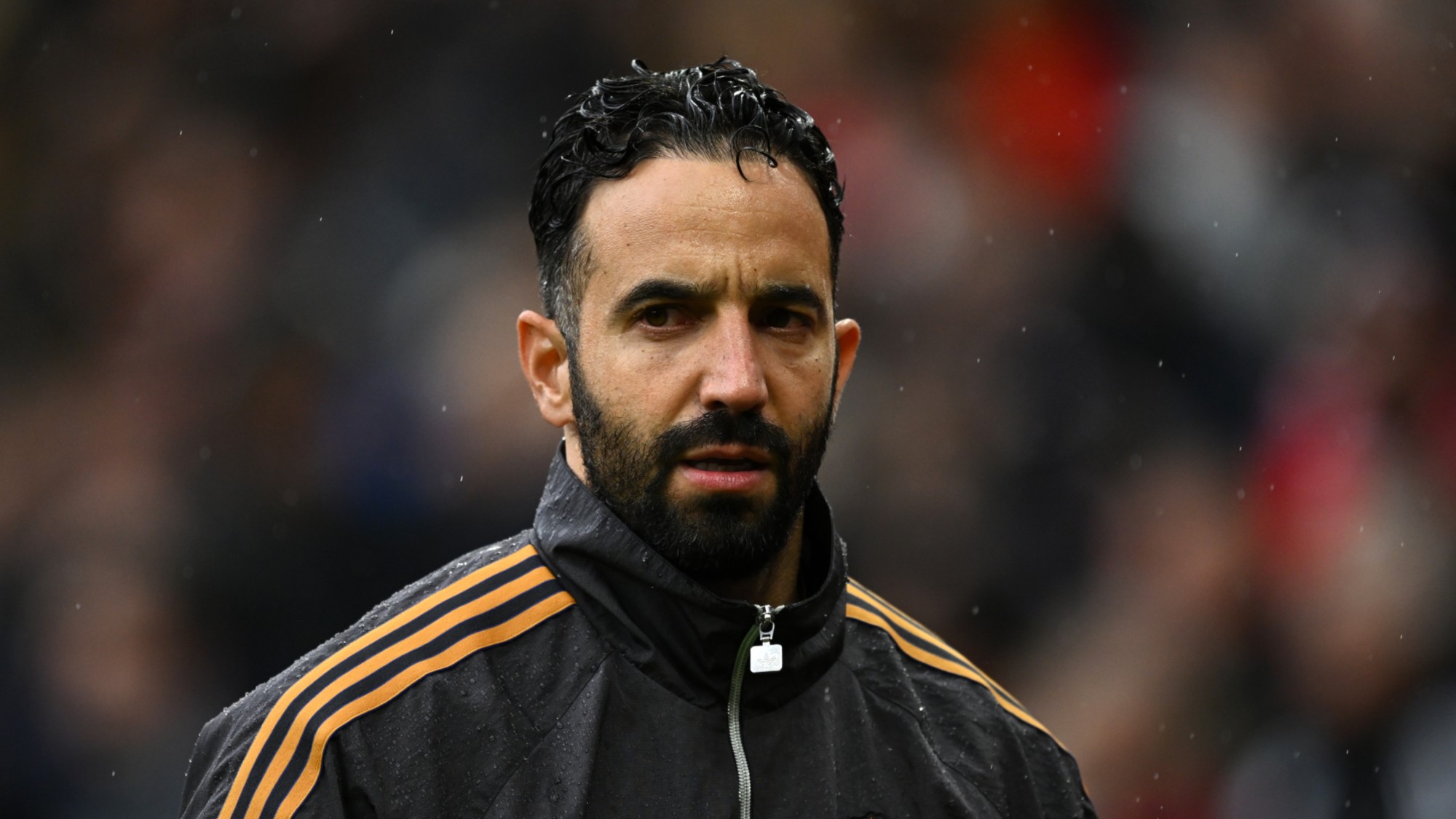 Amorim follows Maresca out of Premier League after ‘awful’ season
Amorim follows Maresca out of Premier League after ‘awful’ seasonIn the Spotlight Manchester United head coach sacked after dismal results and outburst against leadership, echoing comments by Chelsea boss when he quit last week
-
 ‘Jumping genes': How polar bears are rewiring their DNA to survive the warming Arctic
‘Jumping genes': How polar bears are rewiring their DNA to survive the warming ArcticUnder the radar The species is adapting to warmer temperatures
-
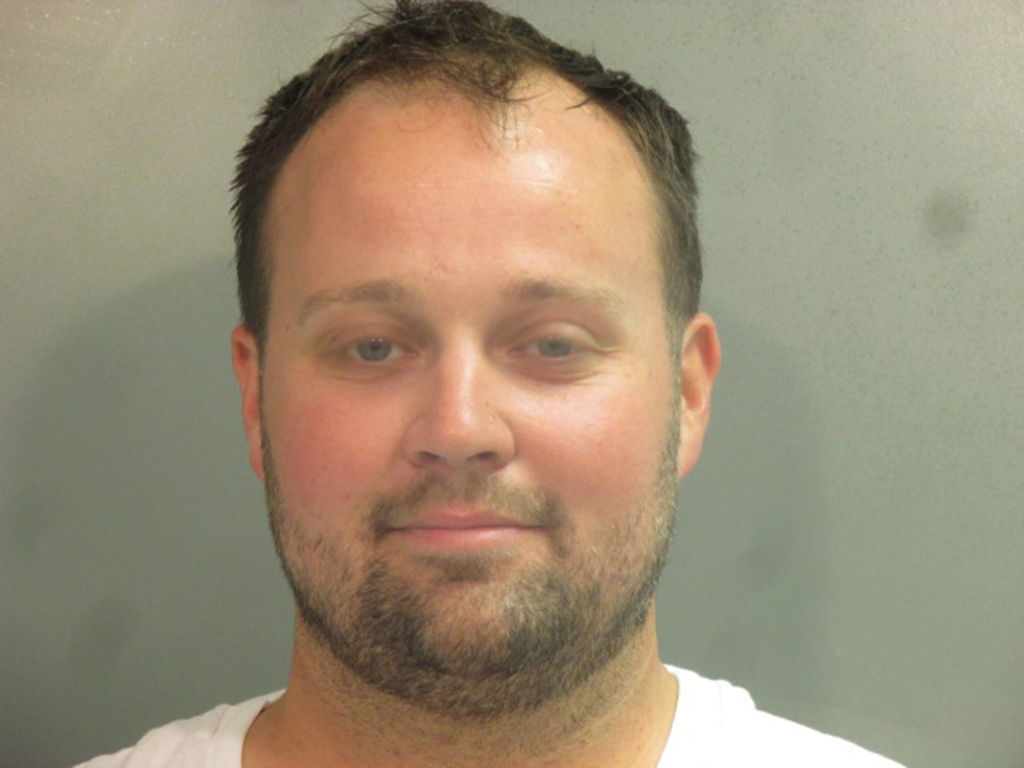 19 Kids and Counting's Josh Duggar hit with child pornography charges
19 Kids and Counting's Josh Duggar hit with child pornography chargesSpeed Read
-
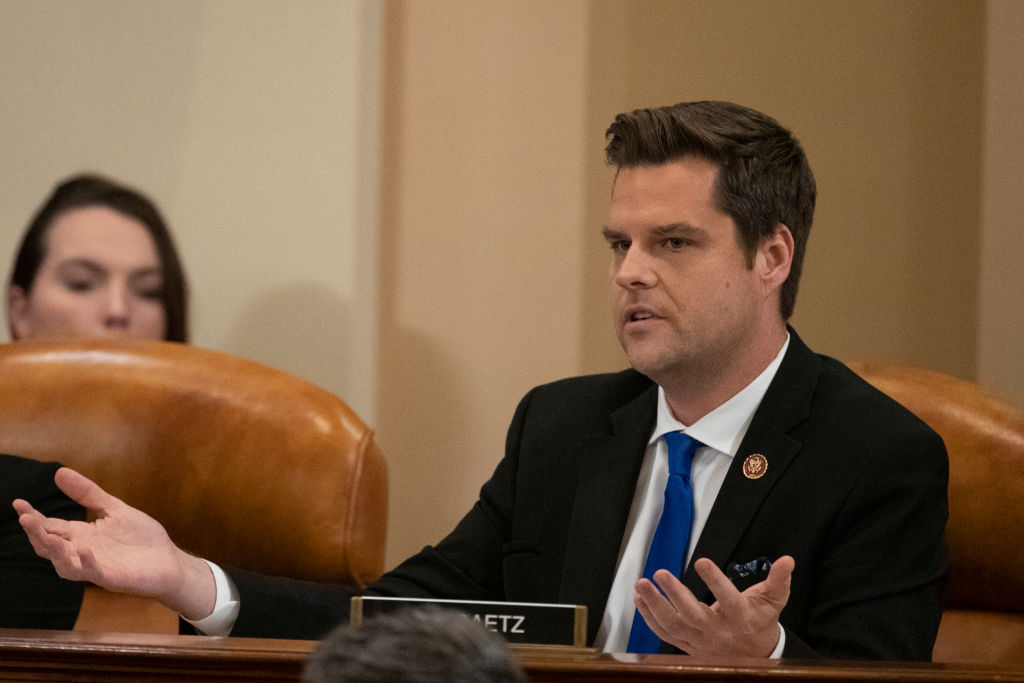 Matt Gaetz was the main opponent of Florida's nonconsensual 'revenge porn' law, GOP lawmaker says
Matt Gaetz was the main opponent of Florida's nonconsensual 'revenge porn' law, GOP lawmaker saysSpeed Read
-
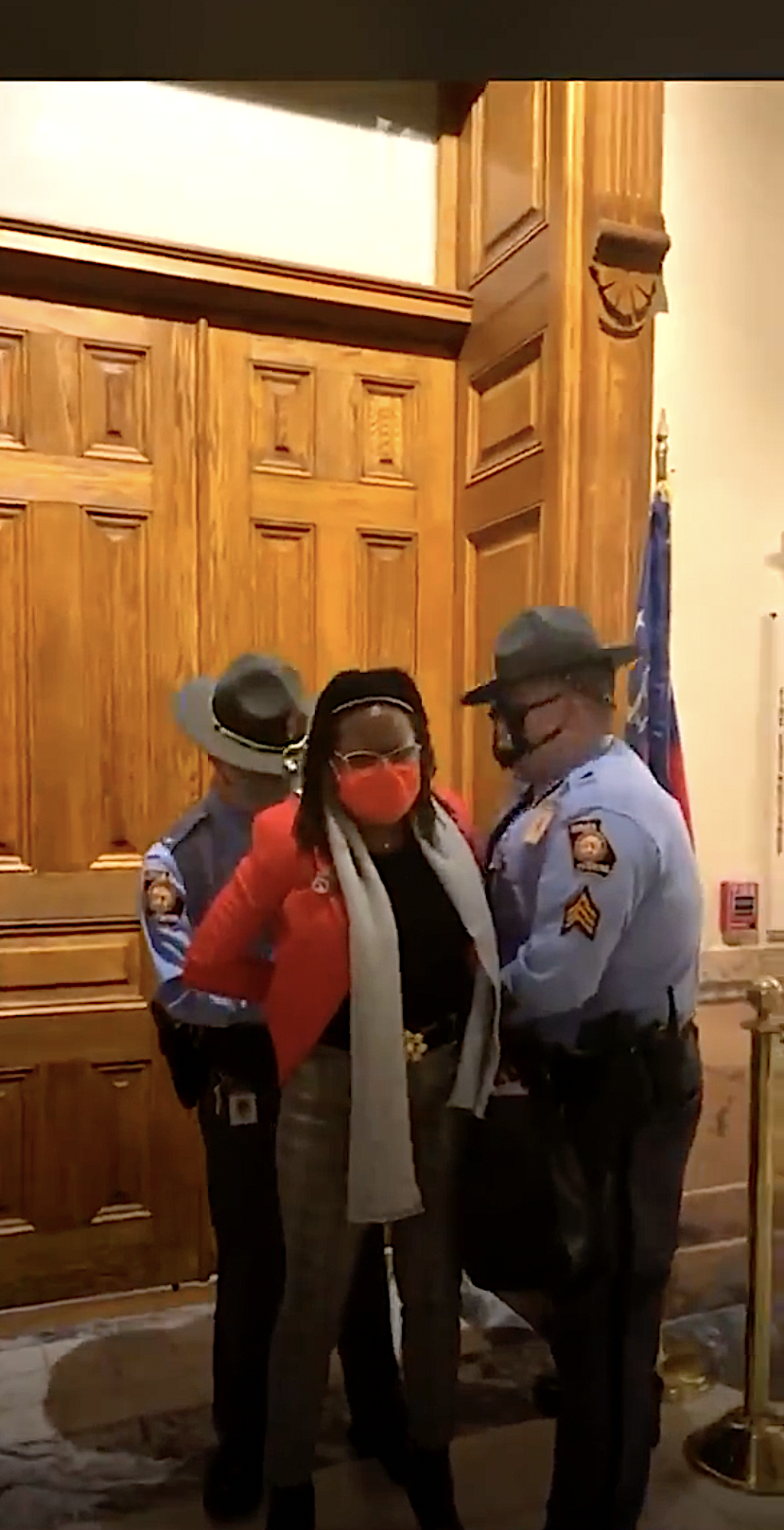 Georgia police arrest Black lawmaker for knocking as Gov. Brian Kemp signed new voting restrictions
Georgia police arrest Black lawmaker for knocking as Gov. Brian Kemp signed new voting restrictionsSpeed Read
-
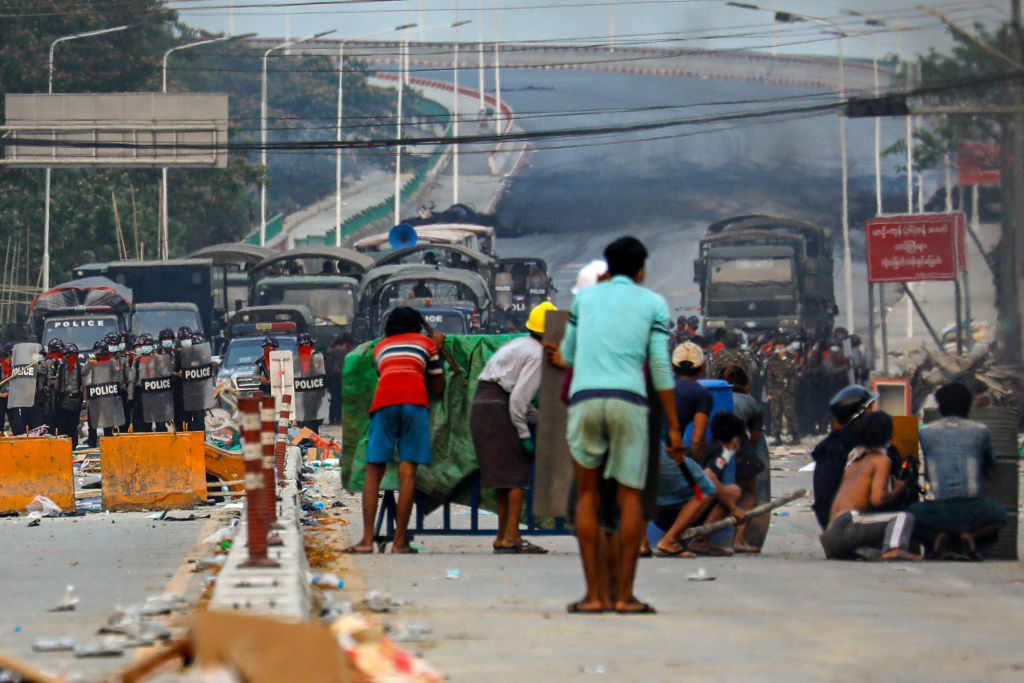 Myanmar junta reportedly kills 38 protesters, declares martial law in part of Yangon
Myanmar junta reportedly kills 38 protesters, declares martial law in part of YangonSpeed Read
-
 Raskin asks FBI for answers on how it's targeting white supremacists in law enforcement
Raskin asks FBI for answers on how it's targeting white supremacists in law enforcementSpeed Read
-
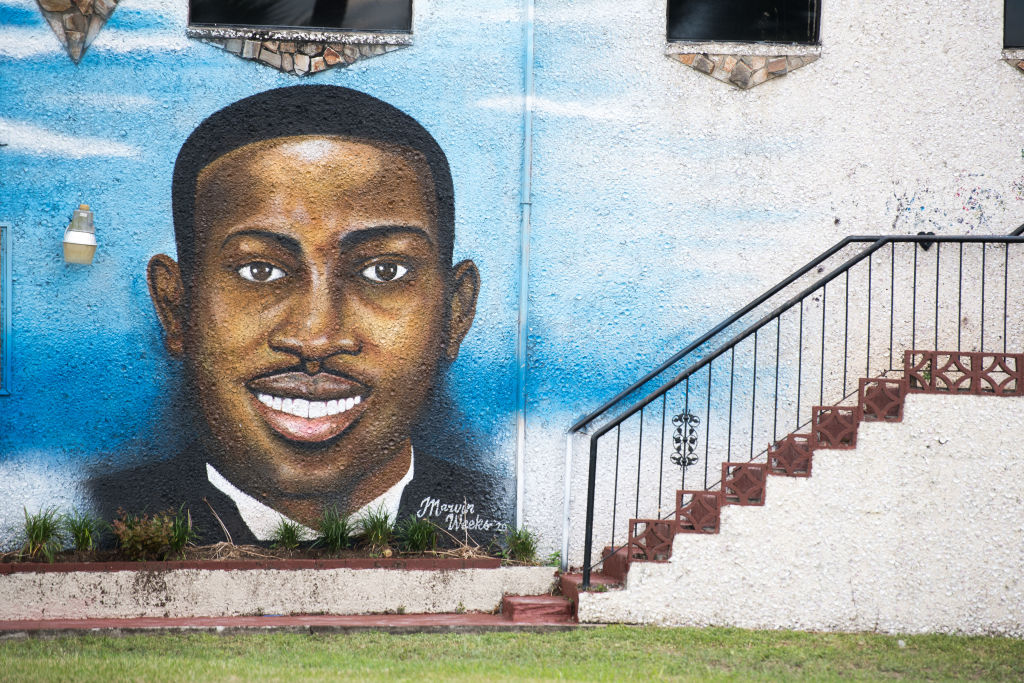 Ahmaud Arbery's mother files civil rights lawsuit 1 year after his death
Ahmaud Arbery's mother files civil rights lawsuit 1 year after his deathSpeed Read
-
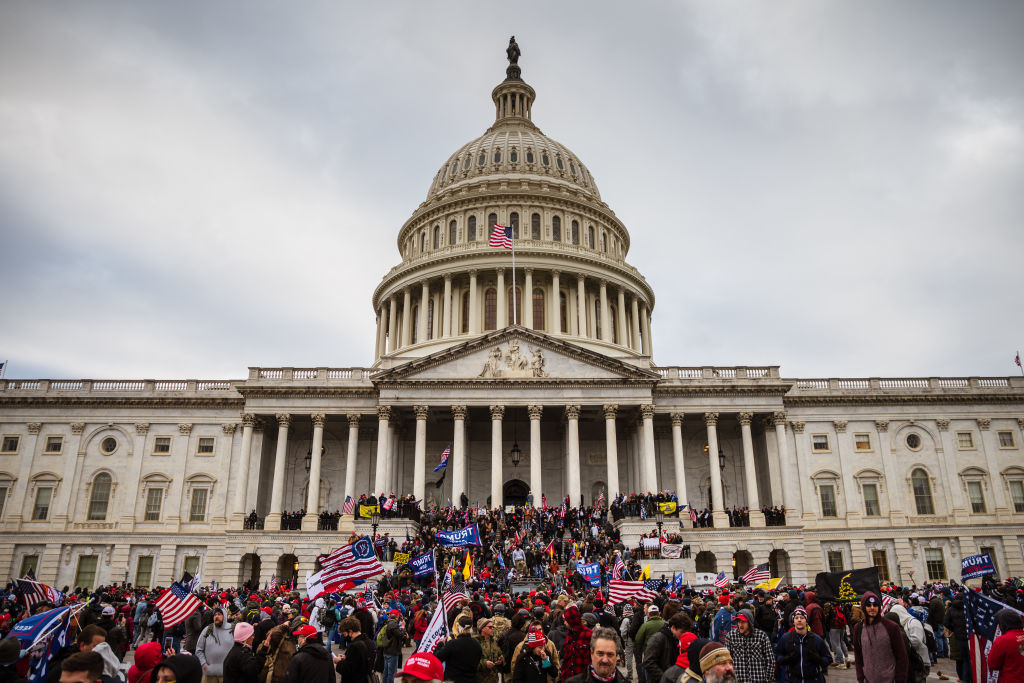 Lawyer for man charged in Capitol riot says he worked for the FBI, had top-secret security clearance
Lawyer for man charged in Capitol riot says he worked for the FBI, had top-secret security clearanceSpeed Read
-
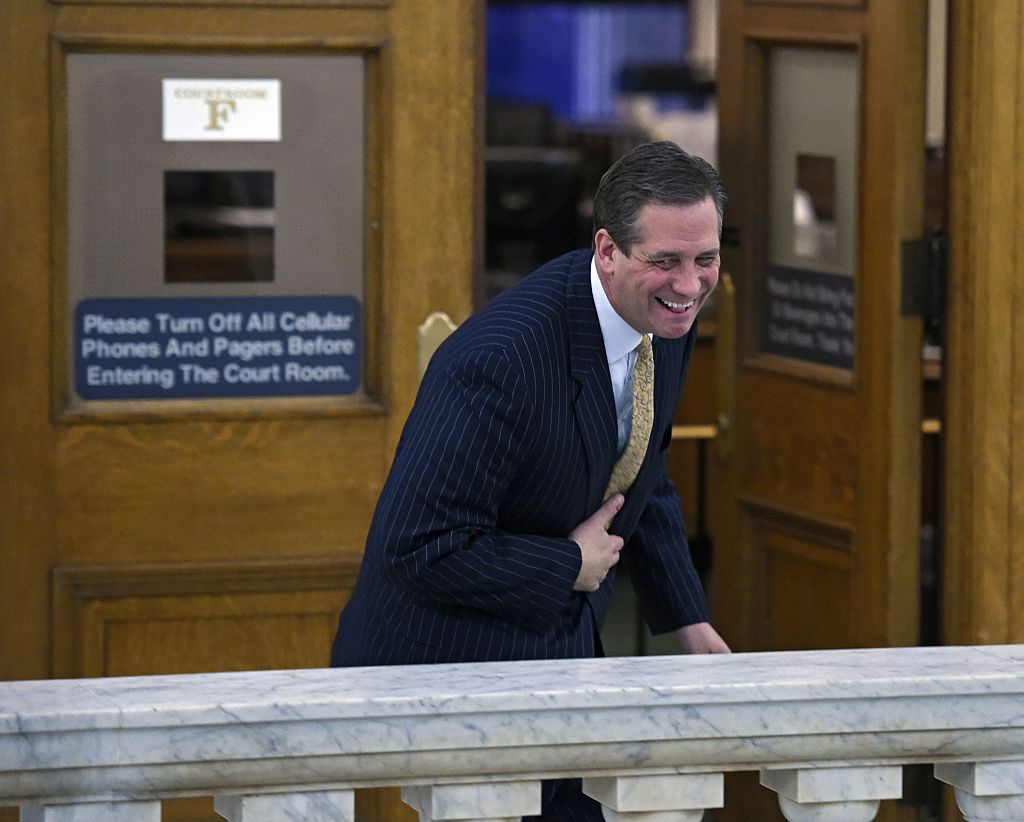 Trump's impeachment lawyer specializes in medical malpractice and 'people falsely accused in Me Too cases'
Trump's impeachment lawyer specializes in medical malpractice and 'people falsely accused in Me Too cases'Speed Read
